by P Gopalakrishnan, Managing Director, Southeast Asia and Middle East, GBCI, India
It was a few years ago that the United Nations Sustainable Development Goals (SDGs) reinforced a need for the ‘promotion of prosperity while protecting the planet’. This led to the creation of a solid framework for collective action – the creation of 17 specific goals: from no poverty to affordable and clean energy, and good health and well-being, among others, to achieve the 2030 agenda for Sustainable Development.
Health and well-being are paramount to all age groups. According to the World Health Organization (WHO), indoor air quality within and around buildings can significantly impact the health of its occupants. This makes for a strong case to build sustainable infrastructure that can support the needs of people.
At the same time, these buildings must be able to minimise the negative impact of its construction through mindful measures like the use of local, environment-friendly materials.
That’s where green buildings step in. They have a two-fold vision: to fulfil carbon reduction goals and educate and strengthen communities. Constructing these structures have several advantages – from improved health to economic opportunities, better energy management, and more.
Cost savings through energy efficiency
While green buildings have become a buzzword over time, there are several myths and misconceptions that are associated with it. One of them is a high cost of ownership, which is far from true.
In the initial stages, a green building may be bit more expensive to construct. However, in the long term, the cost of ownership is much lower as compared to traditional buildings. This can be corroborated with statistics – as per research revealed by the Smart CRE, sustainable architecture can save between 20-25 percent of energy, 10-40 percent of water consumption, as well as bring down maintenance costs by 12 percent.
That’s not all. These little changes can build over time, helping in increased savings in the long run. Besides, there’s not much that goes into the maintenance of green buildings.
Interestingly, the return on investment of these buildings is quite high, and at the same time, shorter. A study by the Green Building Council suggests that green buildings can have a shorter ROI time, somewhere between two to five years.
Lower carbon emissions to promote resource conservation
The Leadership in Energy and Environmental Design (LEED) is a framework for decision-making for project teams, rewarding best practices and innovation. Today, a LEED certification signifies that a building is healthy and sustainable, with more than 100,000 projects certified globally.
Green buildings meet the requirements of helping reduce carbon, energy and waste, making them a strong case study to promote resource conservation. In fact, research by the Department of Energy that reviewed 22 LEED-certified buildings, revealed that carbon emissions were 34 percent lower, energy consumption was 25 percent less, and over 80 million tons of waste from landfills was diverted.
Such positive outcomes can be achieved by green buildings through the incorporation of certain measures. These include strong electrification of the building sector and a shift to high-performance lighting, appliances and water heating equipment.
That’s not all. Water management in green buildings is another crucial area that can help reduce water use as well as promote the use of non-potable sources. The same goes for waste management – most traditional buildings waste millions of tons of materials every year. In green buildings, the use of less resources and minimal waste generation can have a far-reaching impact in the long run.
Gateway to net zero assets
Green buildings, through its very ethos, can help India in the realisation of net zero assets by 2070. In simple terms, net zero or being carbon neutral means not adding to the greenhouse gases in the environment. While there are several ways in which buildings can become net-zero energy, a few steps like including air barrier systems, daylighting, natural ventilation and water conservation can go a long way in achieving this agenda.
-
The right location: Everything from the climate, sun exposure, wind patterns, temperature and rainfall should be taken into account while deciding the location.
-
Appropriate orientation: Orientation is often neglected but it’s an equally important factor in energy conservation. For example, certain renewable energy mechanisms are most effective if the building is facing south. Moreover, it also helps if your building’s orientation is in such a way that it takes maximum advantage of natural lighting.
-
Design of the building: The best way to ensure sustainability in design is to install high-efficiency appliances, low-energy HVAC systems, air sealing to prevent air from leaking through the cracks. Ventilation is equally important, because it won’t just remove stale air from the house but also reduce the use of electrical fans or air-conditioners.
- Renewable energy sources: Installing photovoltaics is one of the easiest steps to produce electricity. Wind and hydroelectric power are some other solutions that can be harnessed.
Positive impact on occupants health and productivity
As per research by US Green Building Council, a third of its respondents highlighted how poor indoor environments have had a significant impact on their health and well-being. Among the benefits of green buildings, the respondents prioritised clean air and water, as well as reduced exposure to toxins.
It’s true. With green buildings and their focus on an improved indoor environment, occupants are less likely to experience respiratory issues like asthma and more. In fact, this philosophy also extends to office buildings that have sustainability as its centrepiece. Such organisations have reported reduced absenteeism, less cases of depression and stress and enhanced productivity.
The risks of climate change are already beginning to show up in our daily lives and while the protection of the planet is being discussed, it’s high time that requisite steps are taken to protect the health and well-being of humans.
After all, both the planet and its people are equally important.
Some other benefits
Apart from the advantages of green buildings mentioned earlier, they also offer several other benefits:
-
Green buildings are equally essential to meet Environmental, Social and Governance (ESG) goals, as well as fulfil Corporate Social Responsibility (CSR) initiatives in companies. With globally accepted green building certifications like LEED, investors can meet their ESG goals to measure their real estate performance. At the same time, they also enhance the image of organisations, showcasing their commitment to sustainability.
- Lastly, green buildings have several economic benefits. Besides having a low cost of ownership in the long run, these buildings have also turned out to be a great industry for employment generation across fields like architecture, engineering, project management and more.
All in all, as the clarion call for sustainable development rises, it is impossible to detach green buildings from the picture—they will form the centrepiece of everything that augurs well for the people and the planet.




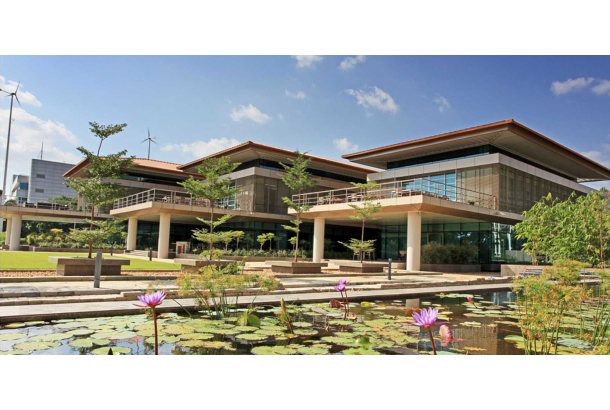


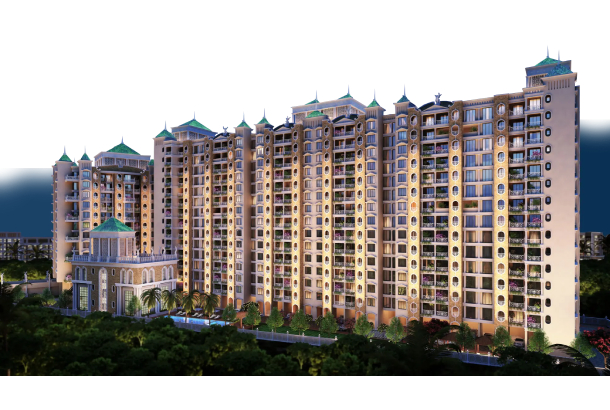
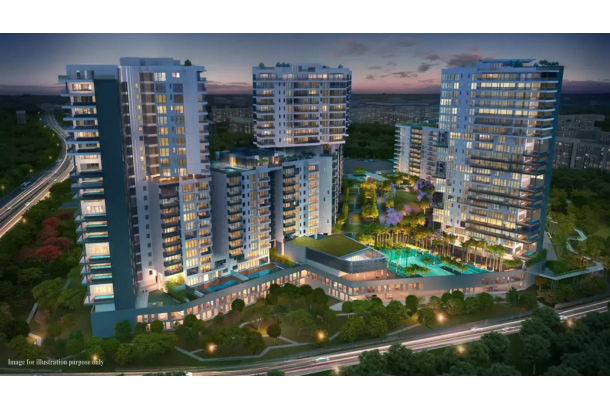
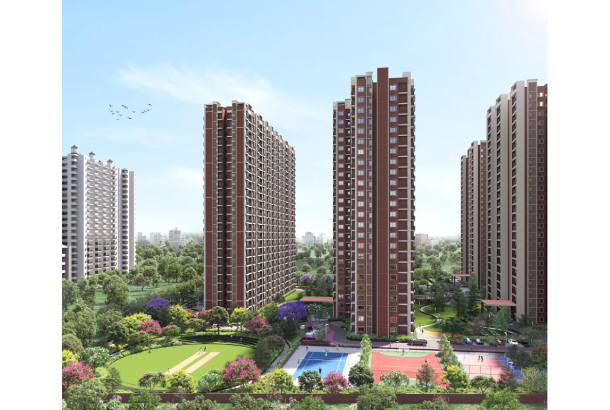




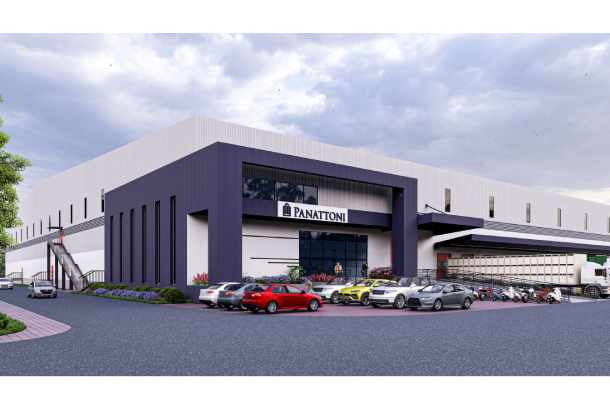
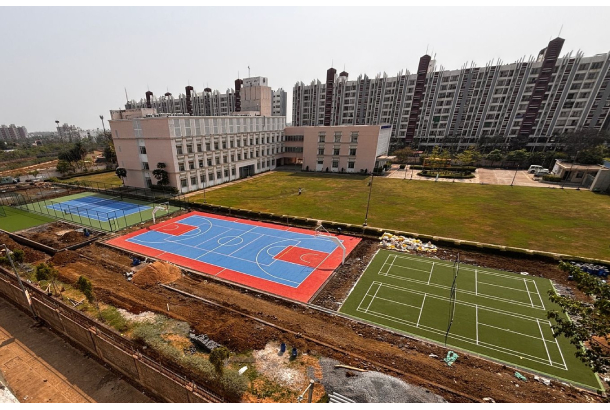
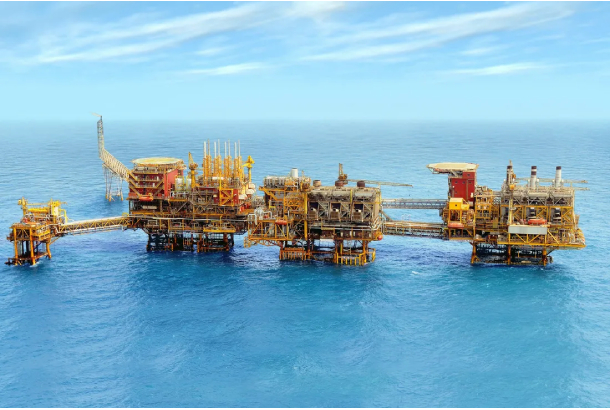


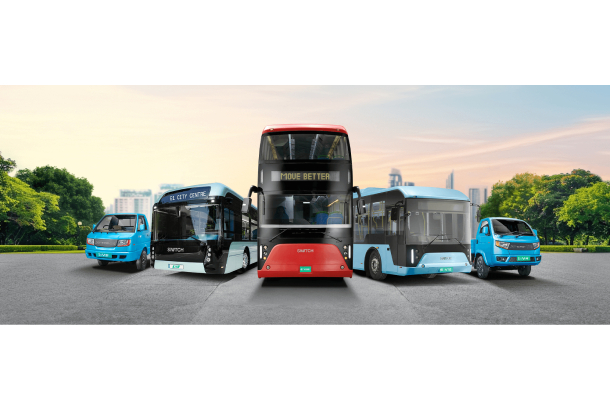
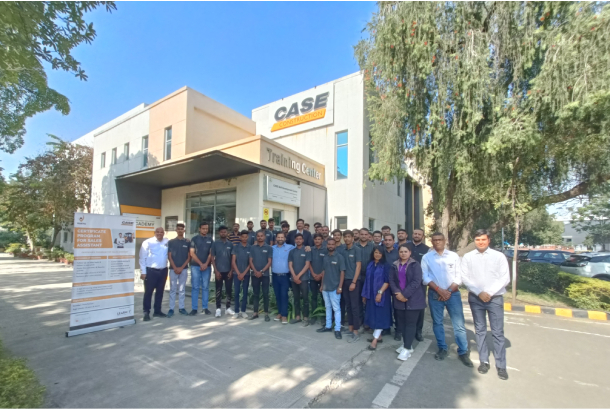

Follow